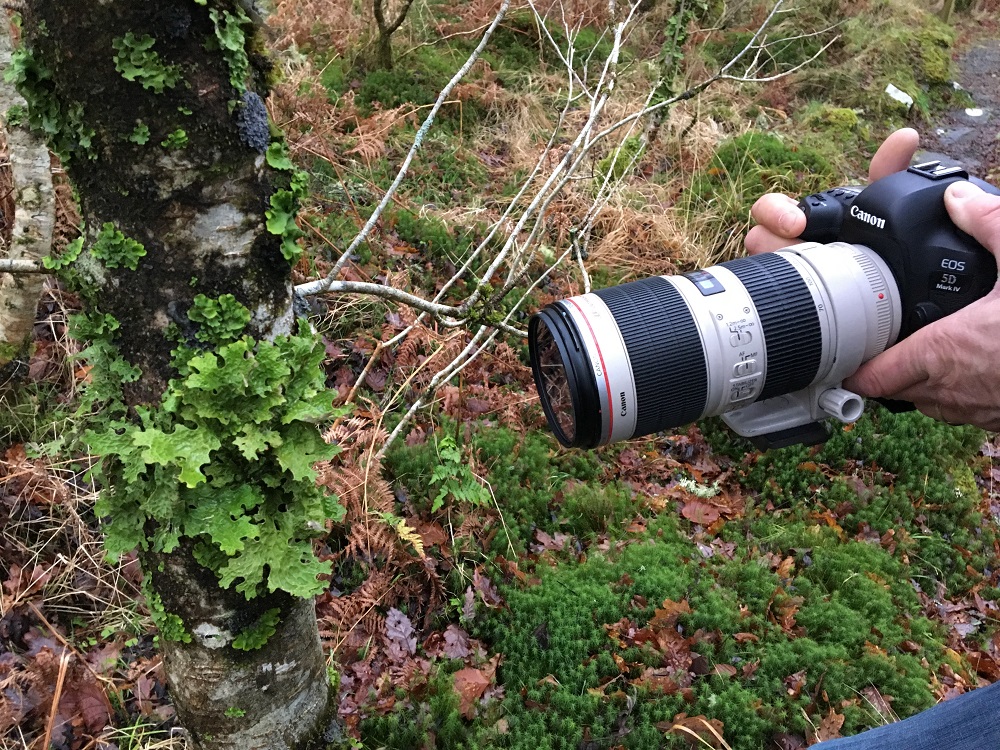
The digital camera has transformed our ability to look at, learn about, communicate about and identify lichens. Pictures of lichens have given enjoyment to countless people and have opened whole new worlds to some.
But lichen identification is tricky. For many species this involves microscopy, using chemicals or other advanced techniques that defy short cuts. Features visible to the eye, even with a x 10 lens, are all too often not enough to go on. The British Lichen Society has produced a list of lichens and graded the difficulties of identifying them from 1 (easy) to 5 (very hard).
Identification using photographs is prone to many additional difficulties: the scale may be hard to determine (although inclusion of a coin or other recognisable object can overcome this); images may be blurred; they may not be of the right feature or features of the lichen; images may have been taken too far away. For leafy species, especially Peltigera species, photographing the underside can be as important as photographing the topside. In addition, the sample photographed may not be typical or may be damaged in some way. Even the experts will often walk away from a specimen saying that the features aren’t clear enough.
Which isn’t to say that photos aren’t useful: they can illustrate features well, or sometimes show that you are barking up the wrong tree. But please understand that identification from a photograph alone may well be tentative – a suggestion rather than a definite identification.